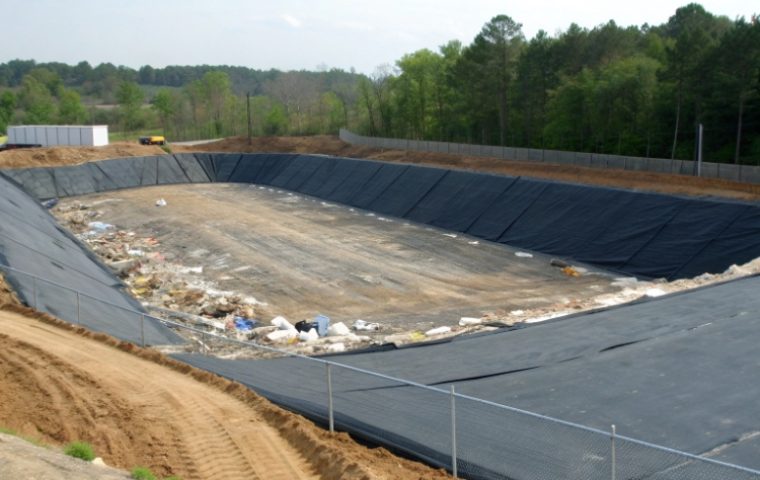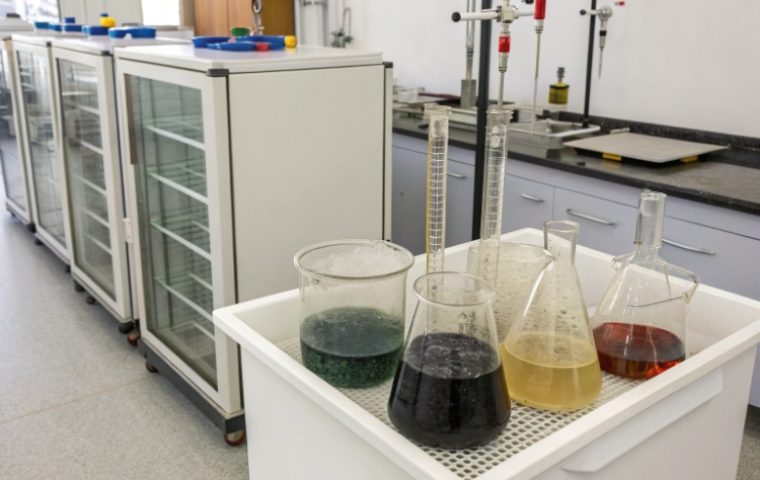A high-quality geomembrane is useless if its seams fail. Attempting installation without the right tools and materials inevitably leads to weak welds, critical leaks, and costly project failures.
To professionally weld geomembrane, you need a specialized welder (hot-wedge or extrusion), compatible polymer welding rods, cleaning supplies, pressure rollers for seam consolidation, and a full suite of quality control testing equipment. A welder alone is not enough for a durable, leak-free installation.
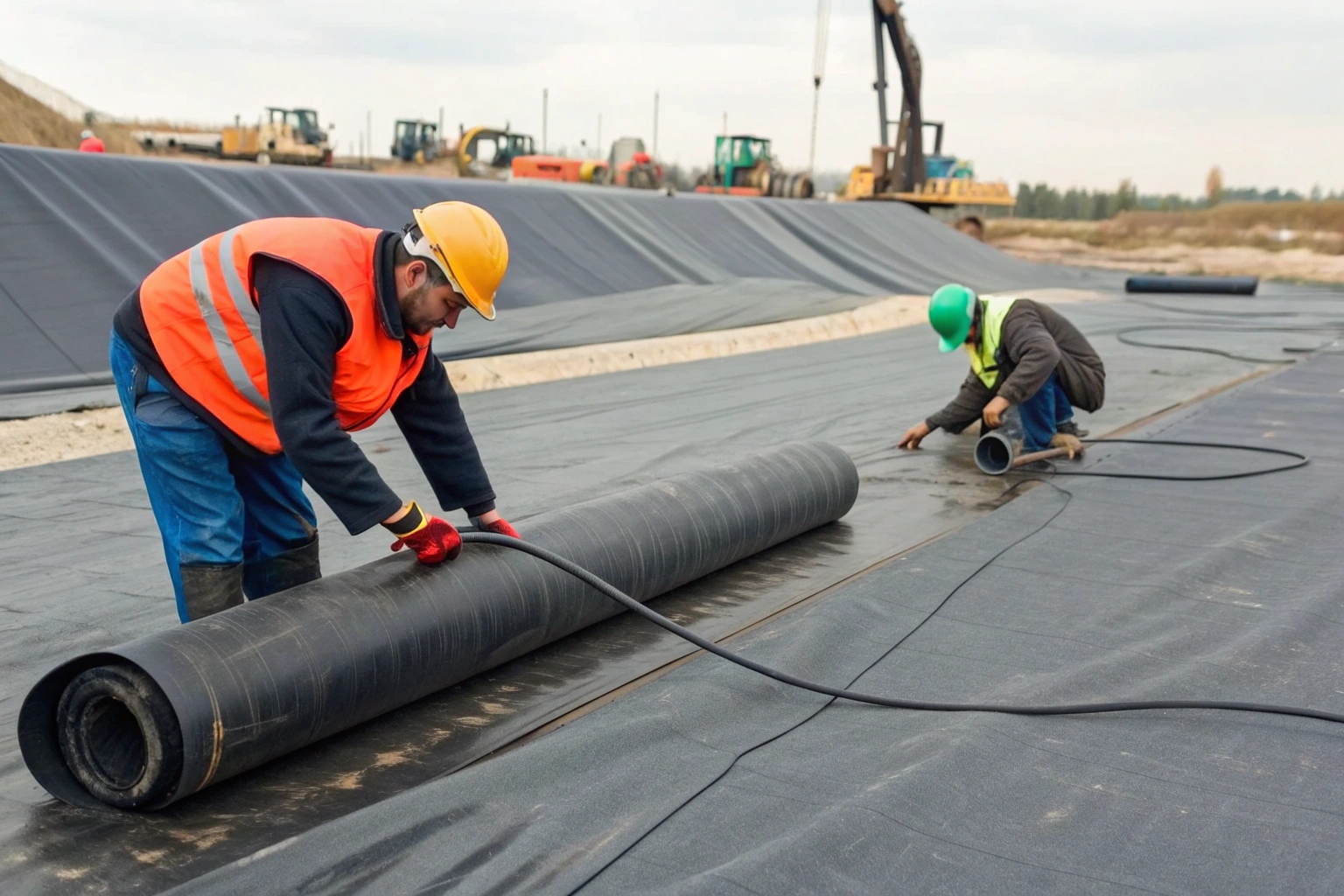
Many project managers and importers focus on sourcing the primary welding machine, underestimating the critical role of preparation, support, and testing tools. A successful, long-lasting containment system relies on a complete toolkit where every component has a specific function. Overlooking even one of these can compromise the entire project.
What types of geomembrane welding methods are commonly used on site?
Using the same welding technique for every situation is inefficient and risky. A long, straight seam requires a different approach than a small patch or a pipe penetration, and using the wrong method wastes time.
The three primary on-site methods are hot-wedge welding for long, automated seams; extrusion welding for repairs and detail work; and hot-air welding for intricate tasks and tacking. Each is chosen based on the specific application.
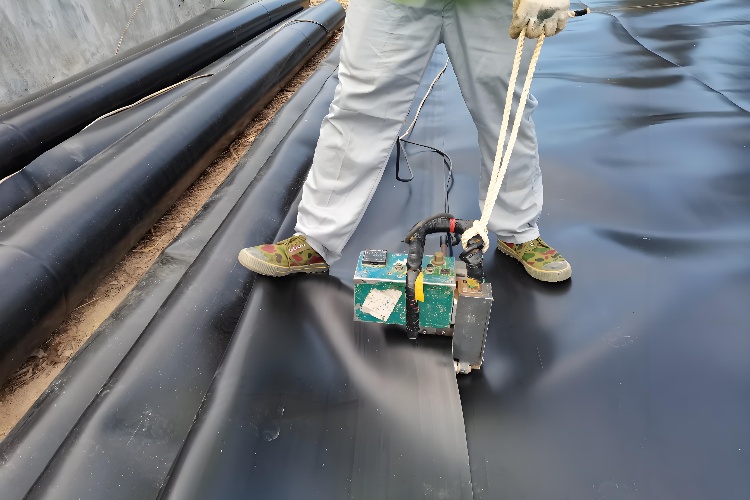
Mastering a project requires knowing which tool to use and when. A large liner installation will use all three methods to ensure a continuous, leak-proof barrier across the entire site, from the main field panels down to the smallest detail.
Welding Method Comparison
| Method | Primary Use | Key Advantage |
|---|---|---|
| Hot-Wedge Welding | Creating the main, long seams between large geomembrane panels. | High speed, consistency, and often creates a testable air channel. |
| Extrusion Welding | Repairing holes, welding T-seams, and detail work around pipes. | Creates a strong, structural bond by adding molten polymer. |
| Hot-Air Welding | Manual, precise jobs like tacking panels and welding in tight corners. | High maneuverability and control for delicate or complex areas. |
What essential tools and equipment do I need for geomembrane welding?
Focusing only on the welding machine itself is a critical oversight. A flawless weld is impossible without the proper tools for cutting, preparing, and securing the geomembrane panels before heat is ever applied.
Beyond the welder, your essential toolkit must include sharp cutting tools for trimming panels, seam rollers for applying pressure, a reliable power source, and personal protective equipment (PPE). These foundational items are non-negotiable for any professional crew.
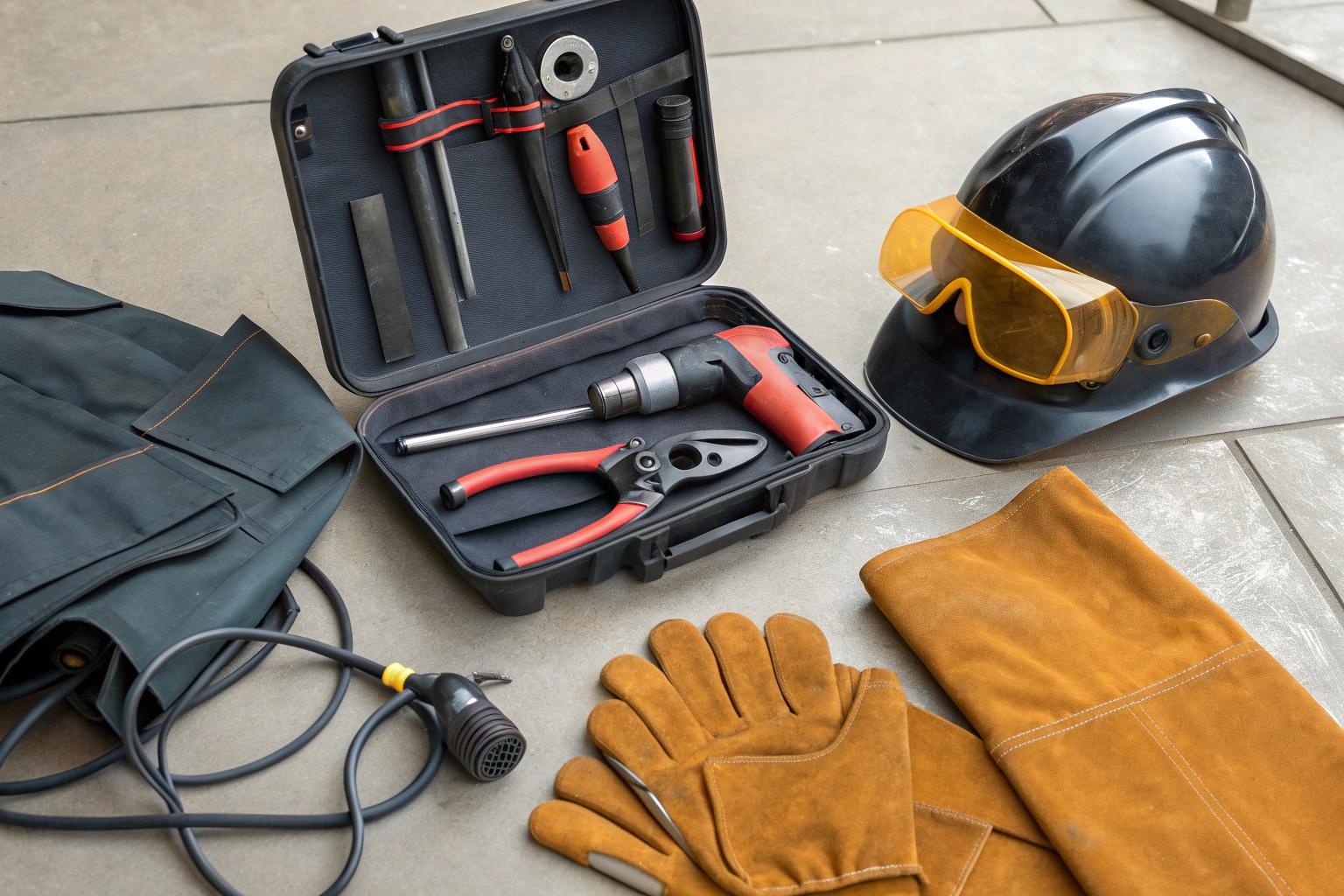
These tools are not accessories; they are fundamental to the process. Proper cutting ensures clean overlaps, rollers provide the necessary consolidation for fusion, and a stable power supply guarantees the welder operates at the correct temperature. Skipping any of these steps compromises the integrity of the weld before you even begin.
The Welder's Core Toolkit
| Equipment | Purpose | Why It's Essential |
|---|---|---|
| Welding Machine(s) | Fuses the geomembrane panels together. | The core of the operation; must match the material type. |
| Cutting Tools | Precisely trim panels and prepare edges for welding. | Ensures clean, straight overlaps for a perfect seam. |
| Pressure Rollers | Consolidate the molten seam to ensure a strong bond. | Removes air voids and guarantees uniform fusion. |
| Power Supply | Provides consistent electricity to welding equipment. | Prevents temperature drops that lead to weak welds. |
What materials and accessories ensure strong, leak-free geomembrane seams?
Even the most advanced welding machine will fail on a dirty or unstable surface. Dust, moisture, or an uneven subgrade can prevent proper fusion, creating invisible voids that become major leak paths.
To guarantee a strong, leak-free seam, you need compatible polymer welding rods for extrusion, cleaning solvents and wipes to remove all contaminants, and stainless-steel backing plates to provide a smooth, firm surface for welding.
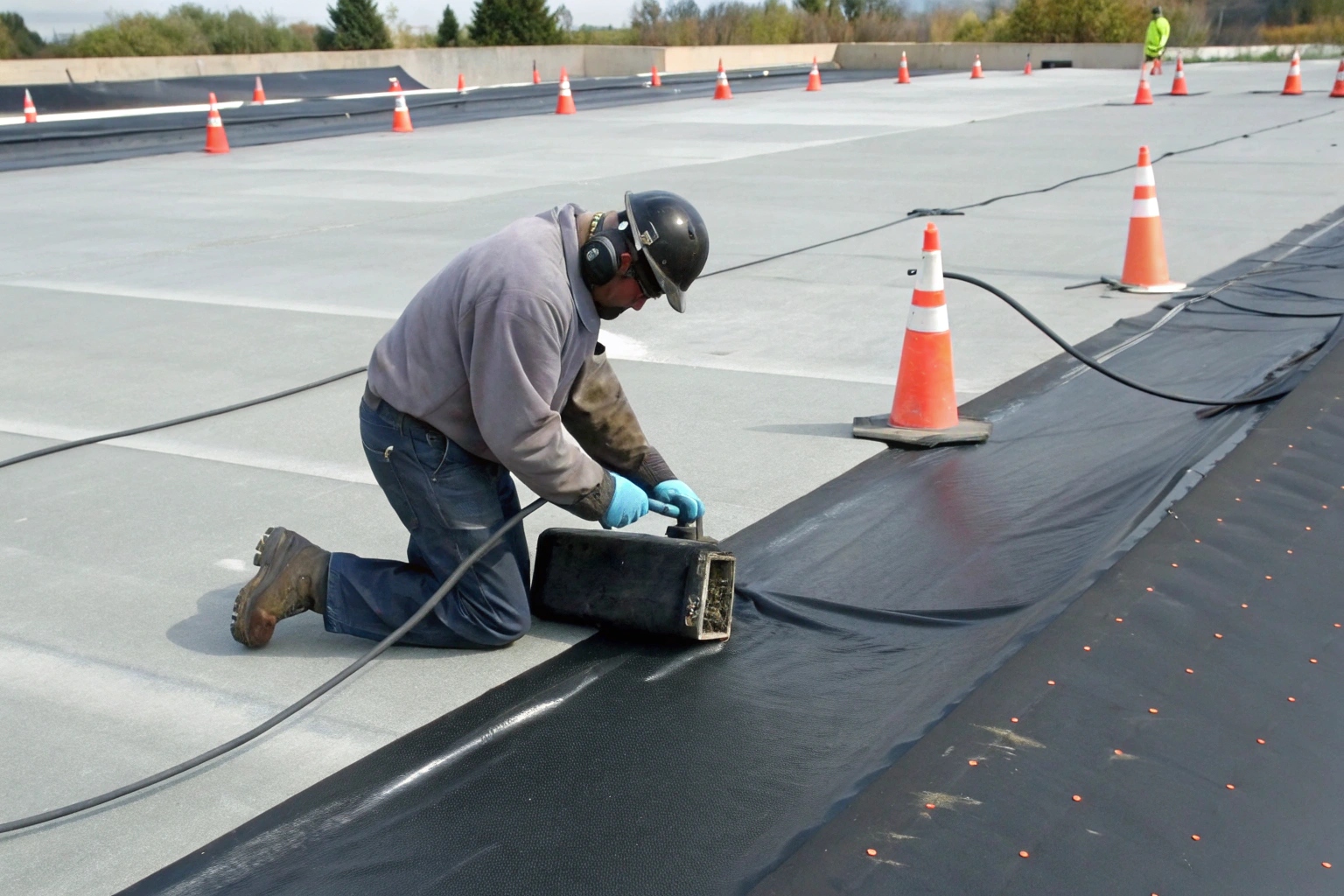
These supporting materials are critical to achieving a high-quality, homogeneous weld. The welding process is a precise sequence, and ignoring surface preparation is a guarantee of substandard results. For a durable bond, the geomembrane surface must be perfectly clean, dry, and properly supported before you apply any heat.
Essential Welding Accessories
| Accessory | Function | Key Consideration |
|---|---|---|
| Welding Rods | Provides the filler material for extrusion welding. | Must be the exact same polymer as the geomembrane (e.g., HDPE rod for HDPE liner). |
| Cleaning Solvents | Removes oils, dust, and moisture from the weld area. | Must be approved for the geomembrane material and evaporate without residue. |
| Backing Plates | Provides a hard, smooth surface underneath the seam during welding. | Prevents heat loss to the subgrade and ensures even pressure. |
| Clamps & Weights | Hold geomembrane panels in position and prevent shifting during welding. | Maintains the correct overlap and alignment for a consistent seam. |
How can I achieve reliable and durable weld quality in geomembrane installation?
A finished weld might look perfect, but invisible flaws can hide within the seam. Assuming the job is done once the welder cools down is a major risk that can lead to undetected leaks for years.
Achieve reliable quality through strict process control and rigorous testing. Use monitoring tools to maintain consistent weld parameters, then verify every meter of the seam with non-destructive methods (like vacuum box testing) and validate strength with destructive coupon tests.
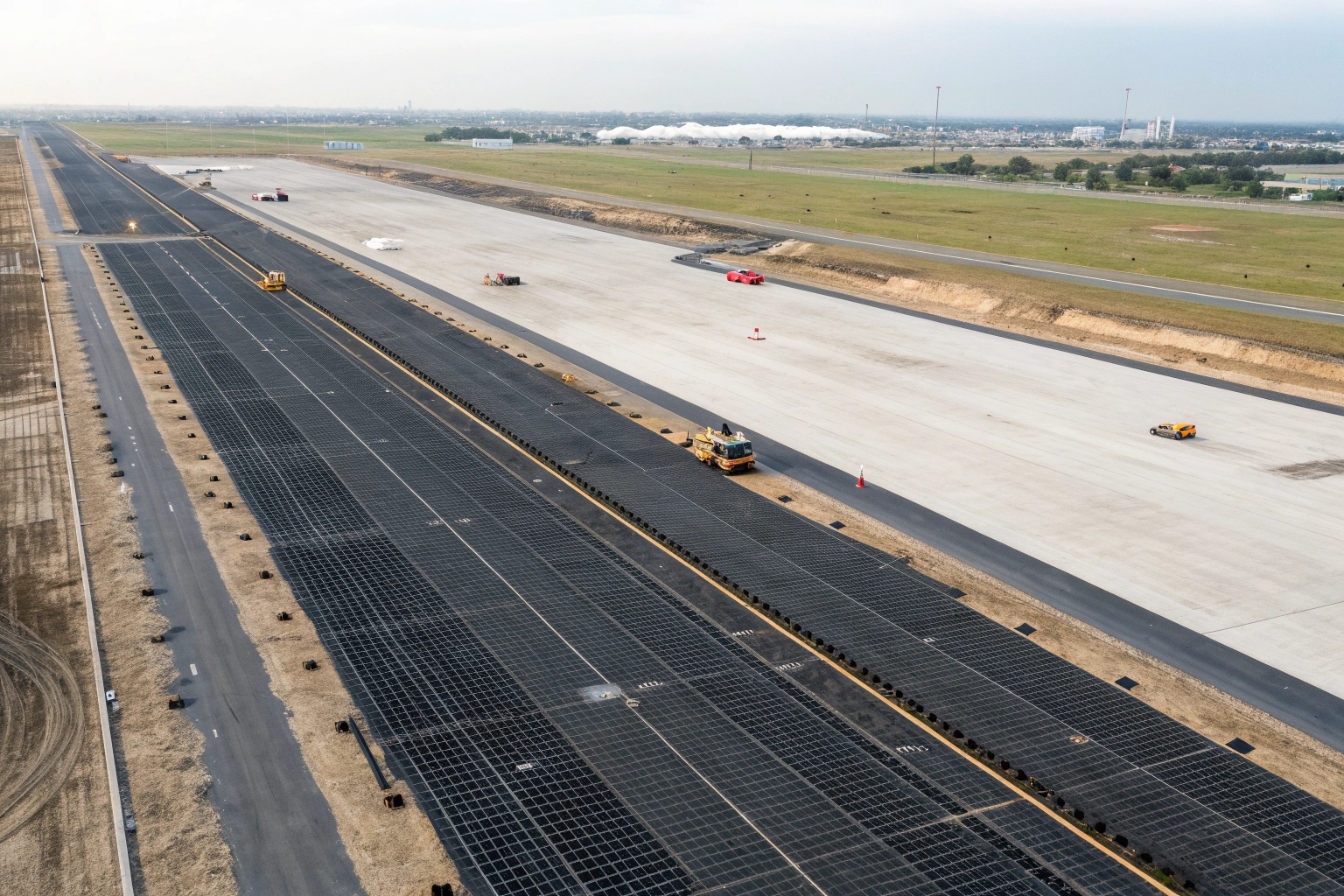
Professional installation protocols demand documented proof of seam integrity. This requires a dedicated set of testing tools to ensure every weld meets project specifications for both leak-proof continuity and mechanical strength, leaving nothing to chance.
A Three-Step Quality Assurance Process
| Stage | Tools Used | Purpose |
|---|---|---|
| 1. In-Process Control | Thermal guns, built-in speed/temperature controls | Monitors and maintains consistent welding parameters to prevent defects. |
| 2. Non-Destructive Testing (NDT) | Vacuum Box, Air Pressure Tester (for dual-track seams), Spark Tester | Finds leaks, pinholes, and voids along 100% of the seam without damage. |
| 3. Destructive Testing (DT) | Portable Tensiometer | Periodically tests sample welds (coupons) to verify physical strength and peel resistance. |
خاتمة
Professional geomembrane installation demands a complete system of tools for welding, preparation, and quality control. Sourcing a full, compatible kit ensures a durable, leak-free result and protects against project failure.


